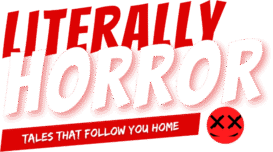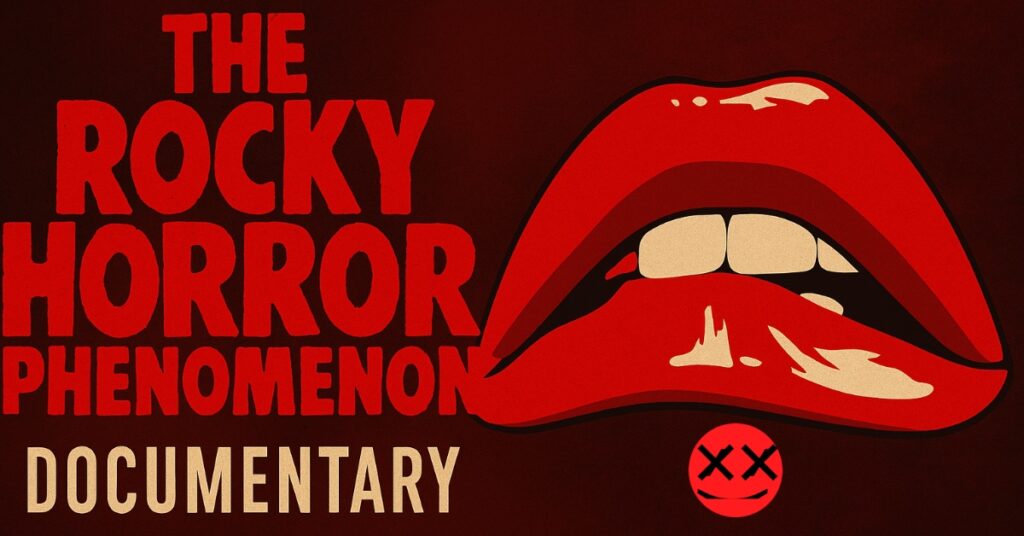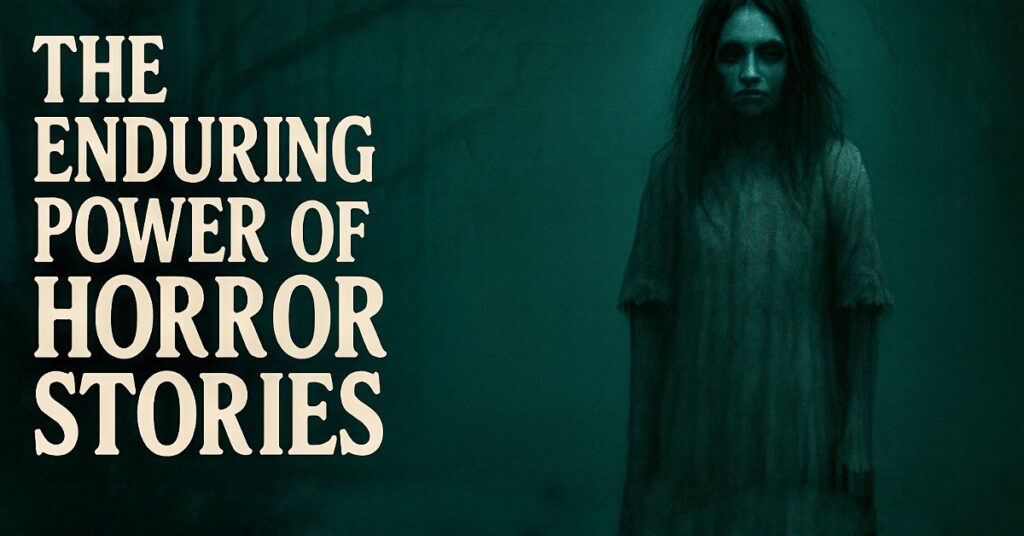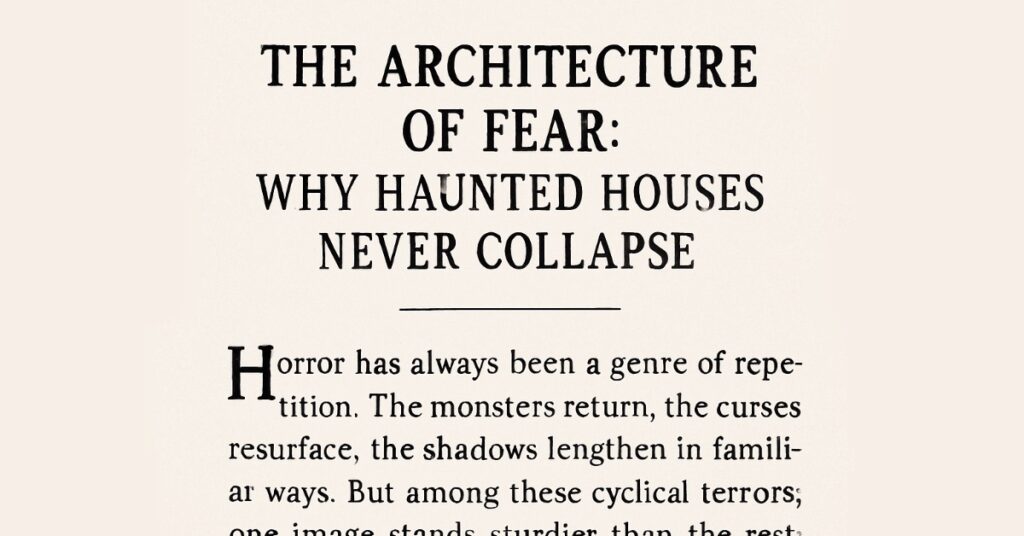When The Rocky Horror Picture Show first stumbled onto screens in 1975, no one could have predicted that this quirky, gender-bending musical would become one of the most enduring cult films of all time. While it leaned heavily into camp and outrageous fun, it still drew on the same primal fears that drive religious horror and other darker subgenres — proof that horror, whether playful or terrifying, always finds a way to confront society’s deepest taboos. Nearly five decades later, Rocky Horror remains a living, breathing phenomenon, with weekly midnight screenings, fans in elaborate costumes, and a devoted community that spans generations.
Now, with a brand-new Rocky Horror documentary making headlines, the cultural legacy of this bizarre masterpiece is once again in the spotlight. The documentary promises a deep dive into how a low-budget British production went from box office flop to cultural revolution — and why audiences are still singing, dancing, and shouting back at the screen after almost fifty years. Religious horror has always been a powerful subgenre — and modern films like The Carpenter’s Son prove that audiences are still drawn to stories that challenge faith and morality.
A Film That Shouldn’t Have Survived
When it debuted, The Rocky Horror Picture Show was far from a success. Critics were bewildered, mainstream audiences stayed away, and box office numbers tanked.
But then something strange happened: small groups of dedicated fans began attending late-night screenings, reciting lines, dressing as characters, and inventing interactive rituals.
The movie wasn’t just watched — it was experienced.
This interactive format turned screenings into a communal event unlike anything in cinema history. Fans shouted, sang, and threw props in synchronized chaos. For many, these screenings became safe spaces to explore identity, gender, and sexuality at a time when such topics were taboo.
The Rise of a Cult Classic
By the early 1980s, Rocky Horror had become a midnight movie staple in cities across the world. Its message of “Don’t dream it, be it” spoke to outsiders, misfits, and anyone who didn’t quite fit into the mainstream mold.
Characters like Dr. Frank-N-Furter, Janet, and Brad became symbols of self-expression and rebellion.
This wasn’t just a film — it was a movement, and it laid the groundwork for how we understand fandom today. Many of the participatory elements of modern geek culture, from cosplay to interactive events, trace their roots back to Rocky Horror screenings.
Why This Documentary Matters
The new documentary is more than just a nostalgic look back. It’s an exploration of how a single film reshaped popular culture and carved out space for marginalized voices.
Early reviews suggest it will feature interviews with original cast members, behind-the-scenes footage, and stories from the fans who kept the flame alive for nearly half a century.
Importantly, it also contextualizes Rocky Horror within today’s cultural landscape, where conversations about gender and identity have moved into the mainstream. What was once subversive is now a celebrated part of pop culture — but the story of how we got here deserves to be told.
The Power of Audience Participation
One of the documentary’s most fascinating aspects will be its focus on audience rituals.
Unlike traditional film fandom, Rocky Horror audiences aren’t passive. They perform. They interact. They become part of the story.
This participatory culture transformed Rocky Horror into something more like live theater than cinema. It also laid the foundation for the modern concept of “fan service” and direct engagement between creators and audiences. In many ways, today’s viral TikTok dances or massive comic conventions owe a debt to the shadow casts and midnight screenings of Rocky Horror.
Why It Still Matters Today
In a world of streaming and algorithm-driven recommendations, Rocky Horror represents a rare kind of communal magic.
Fans gather in physical spaces to share laughter, music, and irreverence. In an era of increasing isolation, that kind of connection feels revolutionary.
The documentary reminds us that horror — even campy, musical horror — has always been a place for outsiders to find belonging. It’s a love letter to the strange, the theatrical, and the brave souls who dare to be different.
Final Thoughts
As the release of the new Rocky Horror documentary approaches, excitement is building.
For long-time fans, it’s a chance to revisit the origins of a beloved tradition.
For newcomers, it may be an invitation to step into the glittering, chaotic world of midnight screenings and unapologetic self-expression.
Nearly fifty years later, audiences are still shivering with antici…pation.
And that may be the greatest legacy of all.
If you think the world of horror movies is terrifying, wait until you step into ours. Literally Horror’s Latest Horror Stories are among the most chilling tales on the internet — stories that creep off the page and linger long after the last word. Dare to read them alone, and discover why our stories have been called “unsettling, unforgettable, and dangerously addictive.”




